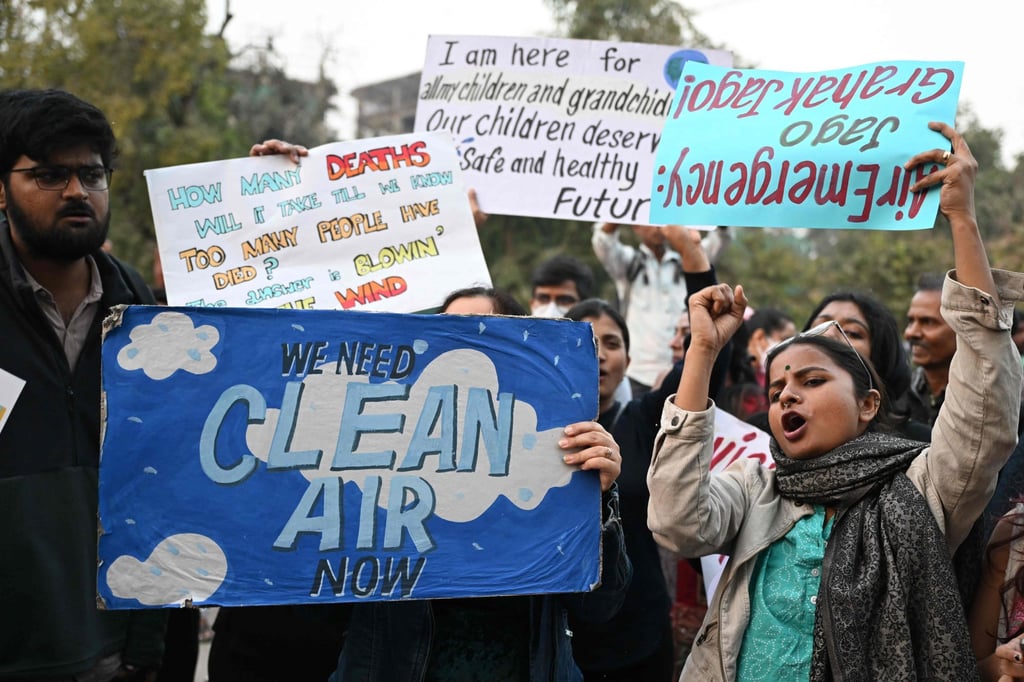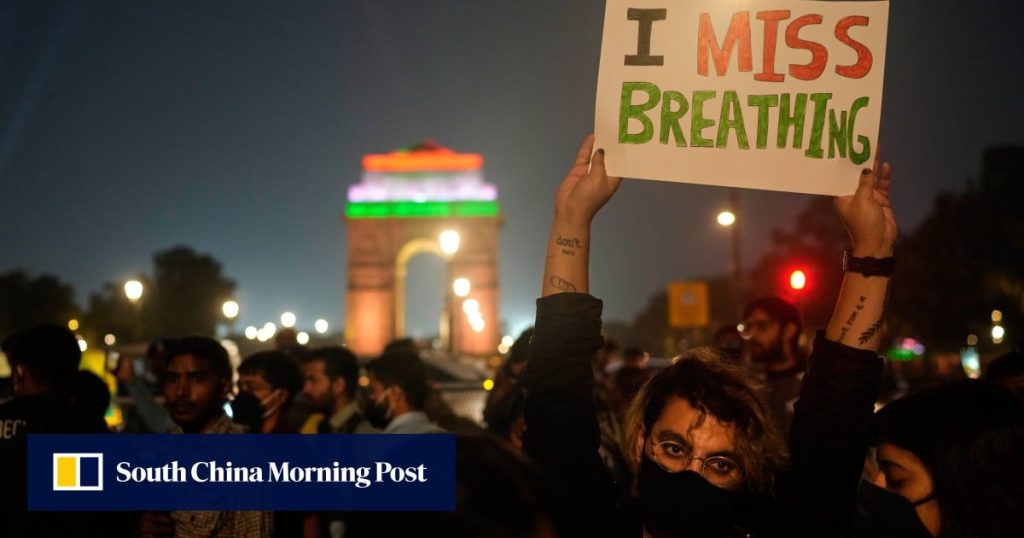Environmental researchers and health experts warn that Delhi’s worsening winter smog reflects deeper structural failures, from unchecked emissions and crop burning to weak regional coordination. The capital’s livability, they add, is now at risk as stagnant seasonal air traps ever-higher concentrations of toxic particles.
The air quality index stood at 437 at the monitoring station closest to the Supreme Court on Thursday, according to India’s Central Pollution Control Board, which rates readings between zero and 50 in the “good” category.
Over the past few weeks, the air quality over the national capital region has been oscillating between “very poor” and “hazardous”, prompting doctors to call it a public health emergency, according to Climate Trends, an environmental research firm, in a report published last week.
“For Delhi, this is not just an environmental crisis, it’s a question of livability and a perennial challenge that the city encounters year after year. Toxic air seeps into homes, schools, and workplaces, threatening the quality of life,” it said.

The poor air quality prompted hundreds of people to gather over the weekend at Delhi’s historic India Gate, a landmark monument, in a rare protest to urge authorities to act. Many wore masks and carried placards, with one reading: “I miss breathing” while others simply said “Clean Air”.


